
6 minute read
Controlling Weedy Perennials, Shrubs, and Trees on Slopes and Near Wetland Habitats
By Dennis Gregg, with Andrea Ludwig and Bill Klingeman, The University of Tennessee Biosystems Engineering and Soil Science and Plant Sciences Departments
Plants provide a critical ecosystem service by holding soil on slopes and stream banks. This benefit is particularly important in urban areas that are facing challenges managing stormwater run-off. As we experience increasing trends of seasonal storm intensity, the power of a stream to erode its banks also increases. As erosion is increased, suspended sediments choke creeks, streams, and rivers and produce a cascade of negative effects, including reduced ecological resilience, loss of habitat and diversity, and decline in reproductive success of fish and arthropods.
Advertisement
Native plants adapted to the difficult conditions of stream edges and stream bank are important for retaining soil and preventing erosion. While non-native invasive plants can also flourish in these conditions (Fig. 1), they are less effective at holding soil in place. Several introduced plant species are extremely common around streams and are challenging players in efforts to restore wetland habitats and mitigate stream bank erosion.
In Tennessee, grounds managers and habitat restoration staff will quickly recognize some of our area’s key offenders. Several woody plants are perennial and persistent challenges to restoration efforts. Kudzu (Pueraria montana) is a ubiquitous challenge across the southeastern US. Similarly, privet species, including Japanese privet (Ligustrum japonicum), common privet (L. vulgare) (Fig. 2) and Chinese privet (L. sinense), have become widespread in wetland and riparian habitats around streams. After removal of mature, reproducing individuals of these species, the seed bank that persists in soil beneath the parent plant will continue to produce seedlings that will need follow-up management action. Bush and vine honeysuckles, including Morrow’s bush honeysuckle (Lonicera morrowii), Amur honeysuckle (L. maackii) (Fig. 3, 4), wintersweet honeysuckle (L. fragrantissima), and Japanese honeysuckle (L. japonica) (Fig. 5) are also commonly encountered. In some locations, Asian bittersweet (Celastrus orbiculata) has gained a foothold, with regional spread often aided by DIY crafters and holiday wreath makers. Autumn olive (Eleagnus umbellata) and thorny olive (E. pungens), as well as burning bush (Euonymus alata) (Fig. 6) and winter creeper (Euonymus fortunei) (Fig. 7) can be difficult to control where they have escaped culture or are marked for removal. Multiflora rose (Rosa multiflora) and Japanese spiraea (Spiraea japonica) (Fig. 8) may become naturalized in protected areas and become problematic in streamside habitats.

Fig. 1. Several species of perennial invasive plants create management challenges on steep slopes and adjacent to wetland habitats.
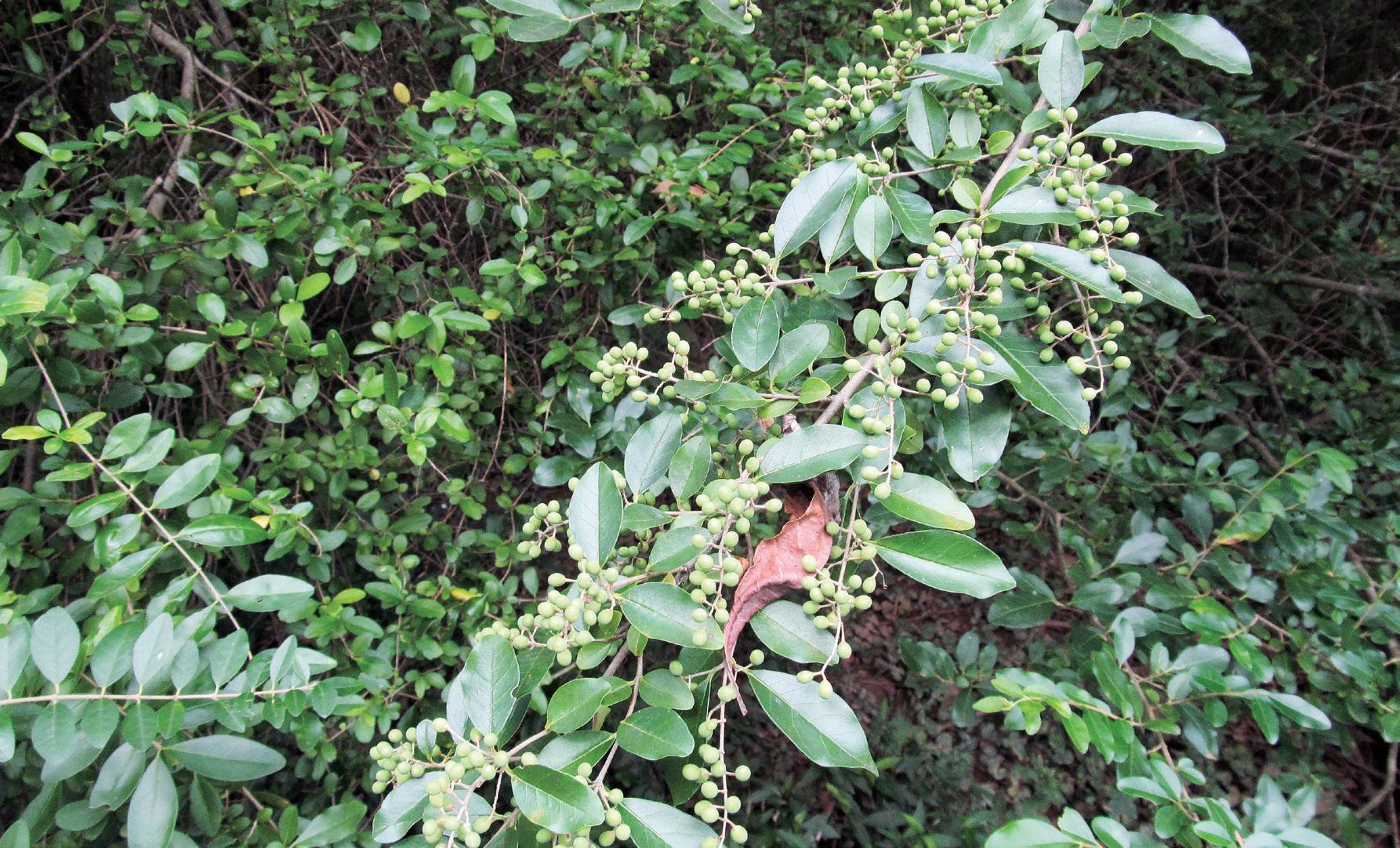
Fig. 2. Immature fruits on common privet.
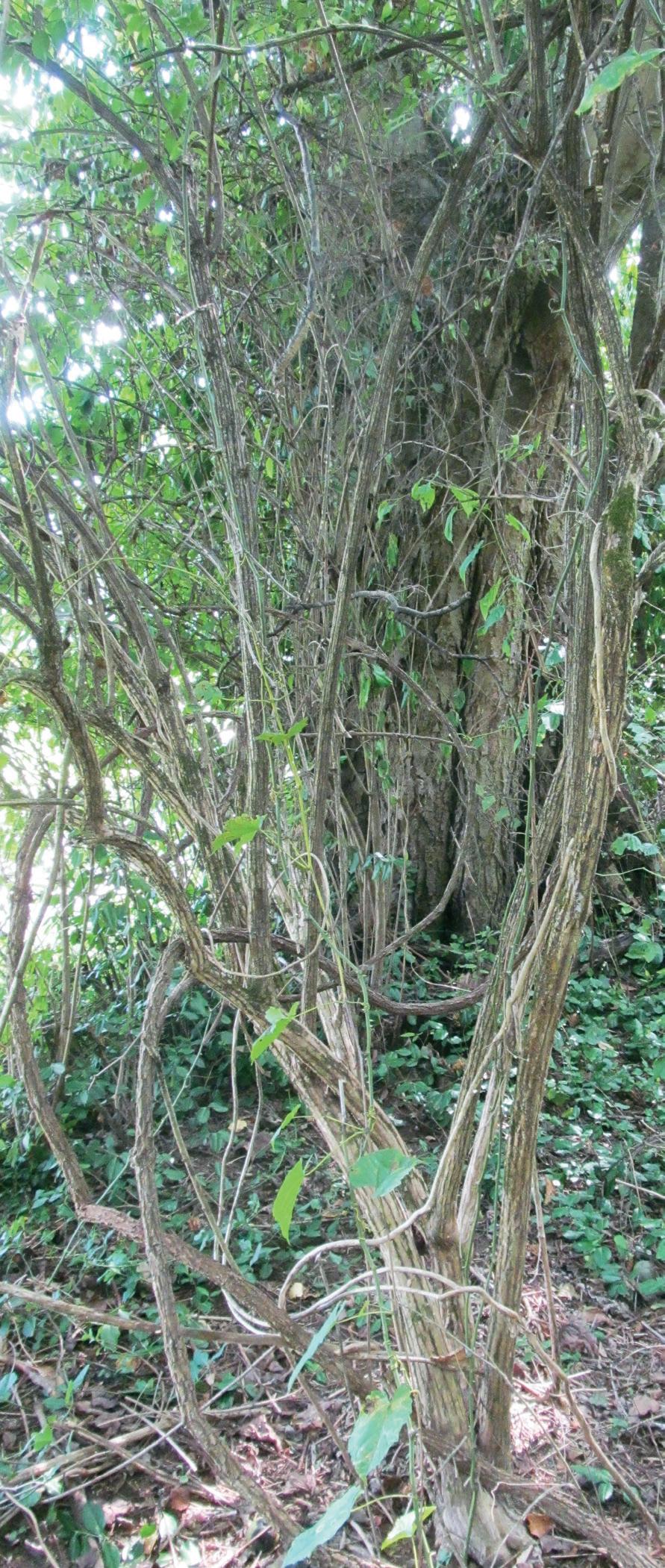
Fig. 3. Characteristic stems and bark on Amur, or bush honeysuckle.

Fig. 4. Ripe Amur honeysuckle fruits on stems
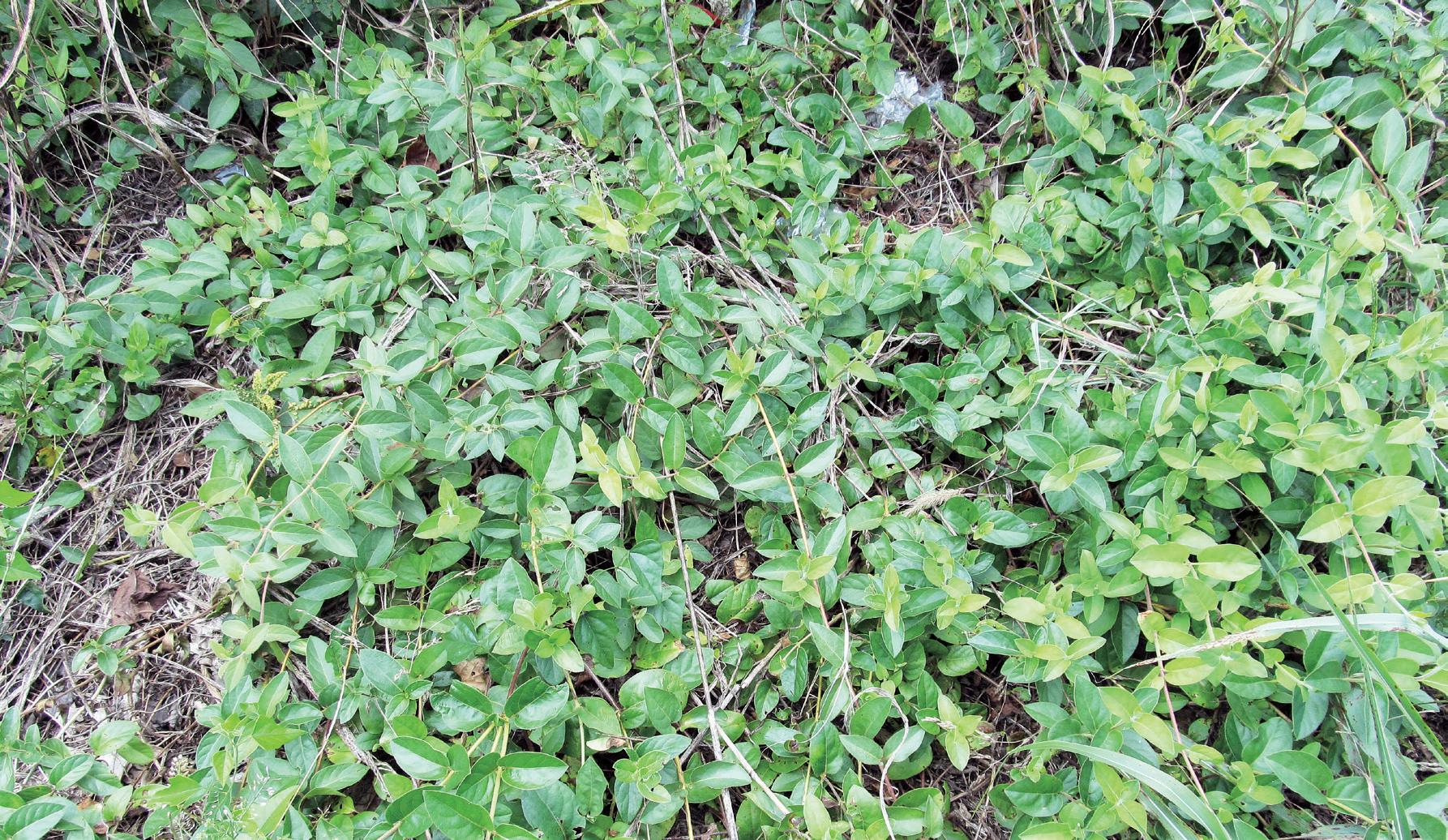
Fig. 5. Japanese honeysuckle vines.

Fig. 6. Burning bush can escape plantings to become naturalized in the landscape.
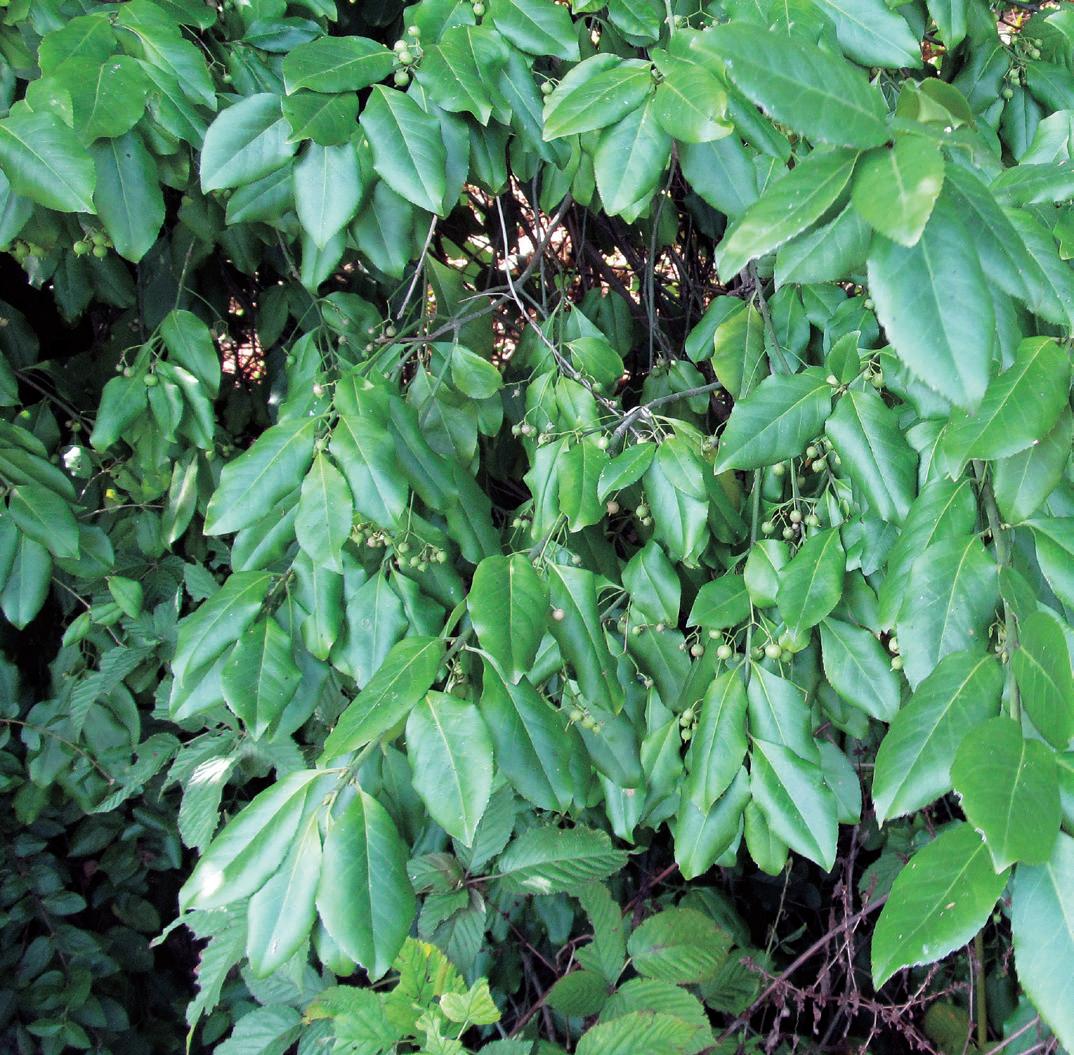
Fig. 7. Wintercreeper euonymus stems, foliage, flowers, and unripe fruits.
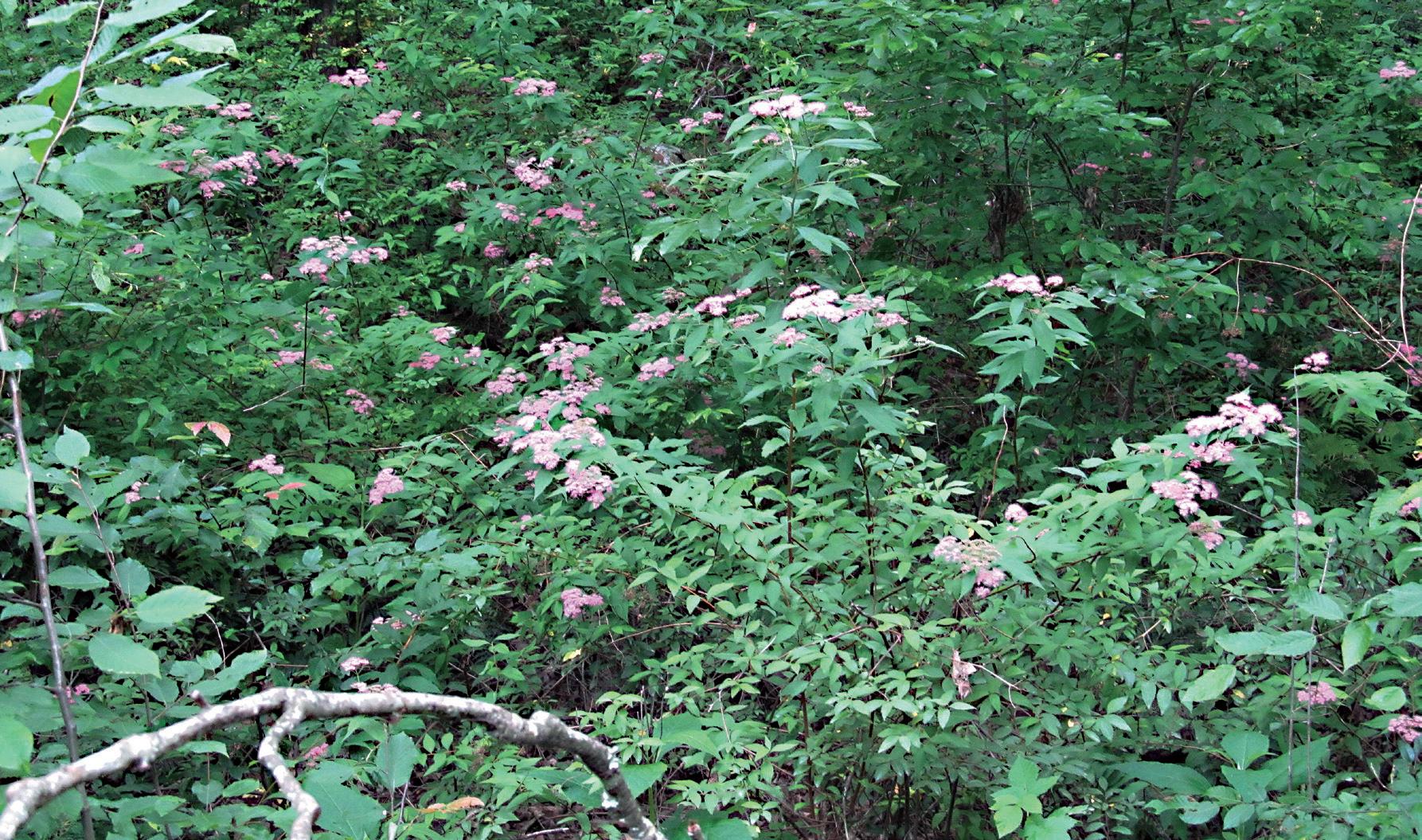
Fig. 8. Japanese spiraea naturalized in a woodlot.
In Tennessee, there are several non-native, herbaceous plants that are notoriously difficult to control in wetland and woodland habitats, including common reed (Phragmites australis) and Japanese stiltgrass (also called Nepalgrass, Microstegium viminium) (Fig. 9). Chinese yam (Fig. 10) is a non-native vine that is also challenging to manage where it occurs.
Habitat restoration specialists and landscape managers are faced with decisions regarding weed control: Should I pull? Spray? Or treat a “Stump Cut” stub? When working on slopes, and where stormwater flooding can over wash land adjacent to creeks and streams, it is often a better practice to cut woody plants almost flush with the ground and to leave the roots intact (Fig. 11) so that the fragile soils are not displaced. When using the stump cut approach, the cut stub needs much less herbicide material to prevent regrowth. In addition, the herbicide is applied very precisely to just the target plant (OWCA applicators use a modified sponge wand applicator (Fig. 12) and see https:// www.obedwatershed.org/native-plant-information-andresources), and often at higher concentrations than are used in a foliar spray solution. Following the pesticide label is always a legal requirement. When applying concentrated herbicide solutions, it is an even greater imperative to adhere to label requirements for use of the specified personal protective equipment and clothing.
It is easiest to control and treat these plants in early spring, or late fall; times when other native plants are often dormant. For managing Japanese knotweed (Fig. 13), invasive grasses, and seedling establishment from seed banks (after the parent plants have been cut and removed), foliar sprays may be the only practical method for obtaining control. Shielded sprayers and paying close attention to droplet size, spray pressure, wind and weather conditions are crucial for limiting herbicide drift.
Herbicide use in stream bank areas and wetland habitats also introduces some restrictions and hazards that are not as prevalent in typical managed landscapes. Many herbicides are toxic to non-target animal species, including fish, amphibians, mollusks, crustaceans, insects, etc. Be aware that not all formulations of an herbicide are appropriate for use near water. Roundup ® , which contains the active ingredient glyphosate is a good example of a site restricted herbicide. Roundup ® is formulated to contain adjuvants (additives) that may be used to improve foliar surface adhesion and penetration, rain-fastness, and other functional characteristics when used in managed, dry land landscape use sites. Similarly, Garlon ® 4 Ultra, which contains triclopyr formulated for use in right-of-way and dry land landscape use sites, has label restrictions against application to wetlands. Addition of adjuvants within herbicide formulations makes certain labeled products unsafe for use sites where the sprayed material may encroach upon aquatic environments. Other herbicides are restricted entirely. For these reasons, it is important to read and follow the pesticide label; the Label is the Law. Labeled alternatives to Garlon ® and Roundup ® are Vastlan ™ (triclopyr) and Rodeo ® (glyphosate). Vastlan ™ and Rodeo ® are labeled for stump cut and wiped applications and may be used in wetland areas, if local ordinances permit such use.
Understand that pesticide applicators must also be certified if applying restricted-use pesticides and applicators must possess the appropriate category of pesticide certification for corresponding application sites. For example, someone applying a pesticide product to roadsides should have Category 6: Right-of-Way certification. An individual applying herbicides to waterways should have Category 5: Aquatic Pest Control certification.
Generally, licensed pesticide operators are individuals who have passed a licensing exam and work under a pest control charter. They are allowed to charge a fee for conducting a service of pest control. Normally, operators and applicators under the operator’s supervision will have access to different herbicide formulations that are labeled for wetland use sites from specialty wholesale outlets. Wholesale vendors may refuse to sell specific products to a certified applicator if the certified applicator is not working under a charter because the label states for “Professional Use Only”, which the wholesaler can interpret to mean as someone who is in the business of pest control. Other wholesalers and/or retailers may have policies about only selling pesticide products to applicators who can provide a valid certification.
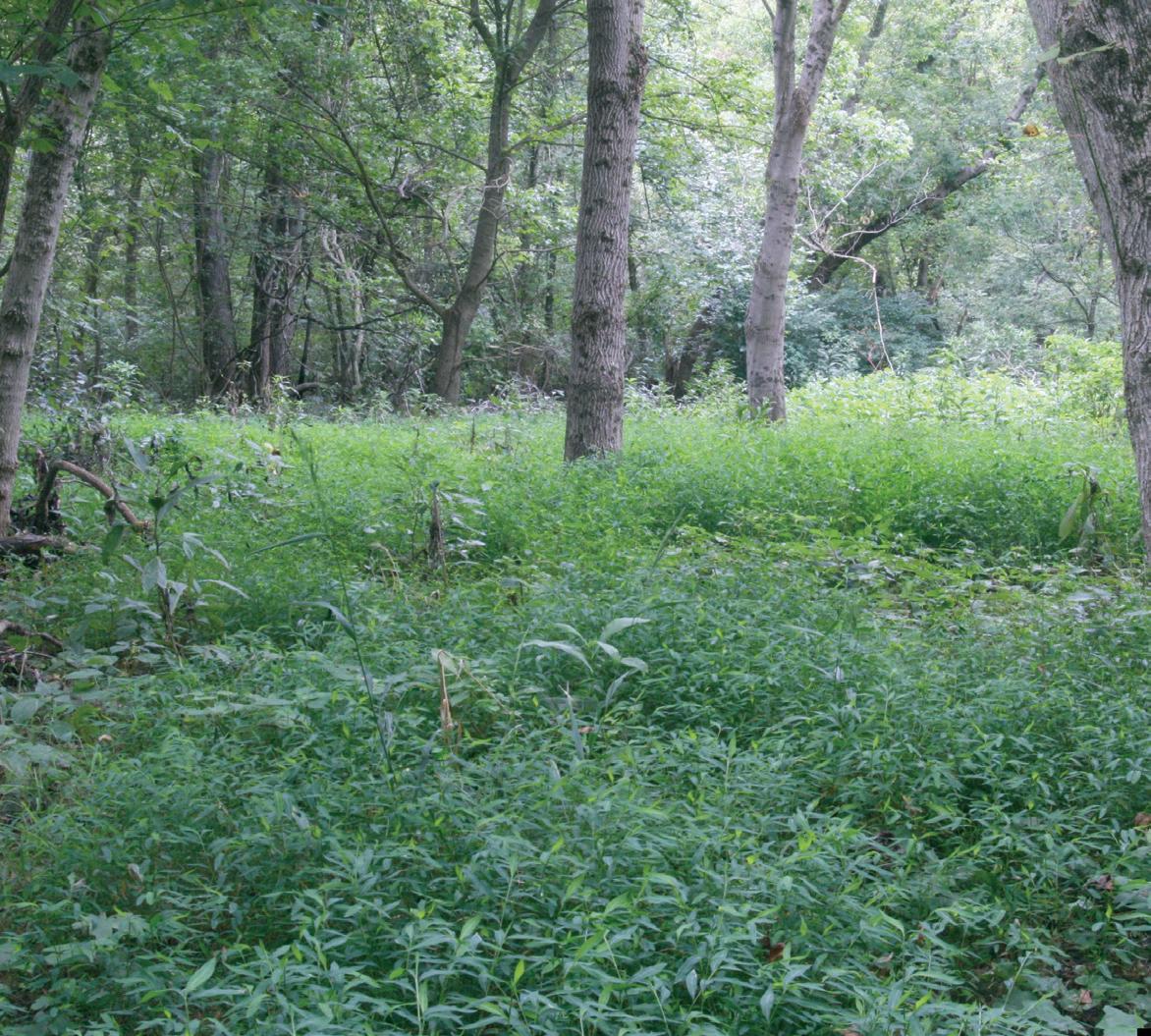
Fig 9. Japanese stiltgrass becoming naturalized on a hillside (Photo courtesy of Chris Evans, University of Illinois, bugwood.org).

Fig. 10. Chinese yam leaves (Photo courtesy of Chris Evans, University of Illinois, bugwood.org).

Fig. 11. Vegetation management on steep slopes requires special strategies to avoid soil loss due to erosion.
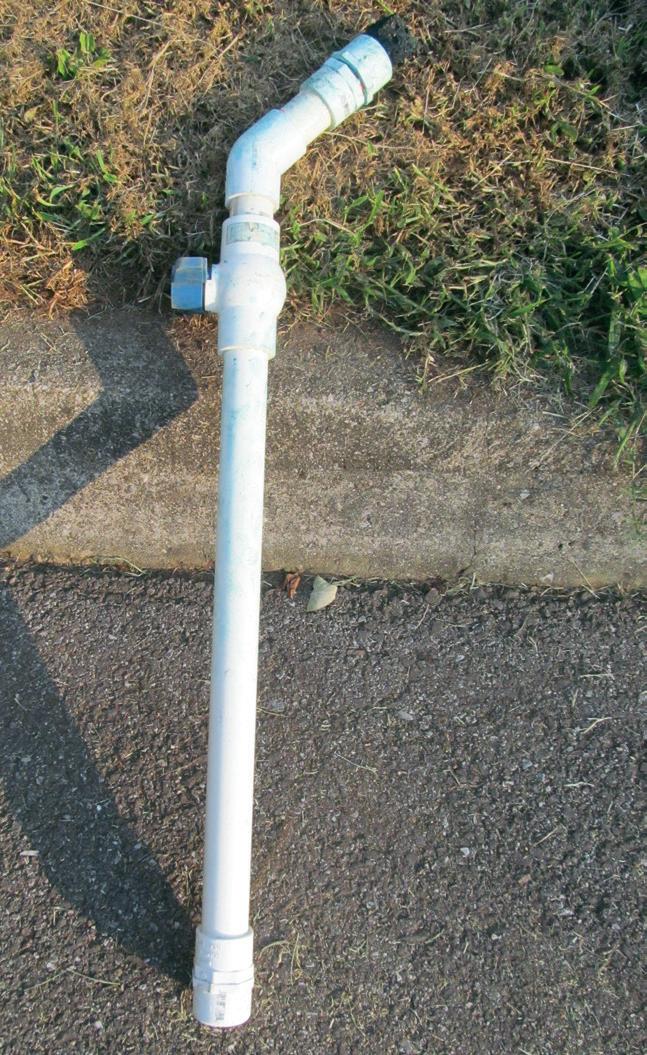
Fig. 12. A sponge application herbicide wand for direct application to cut stumps.
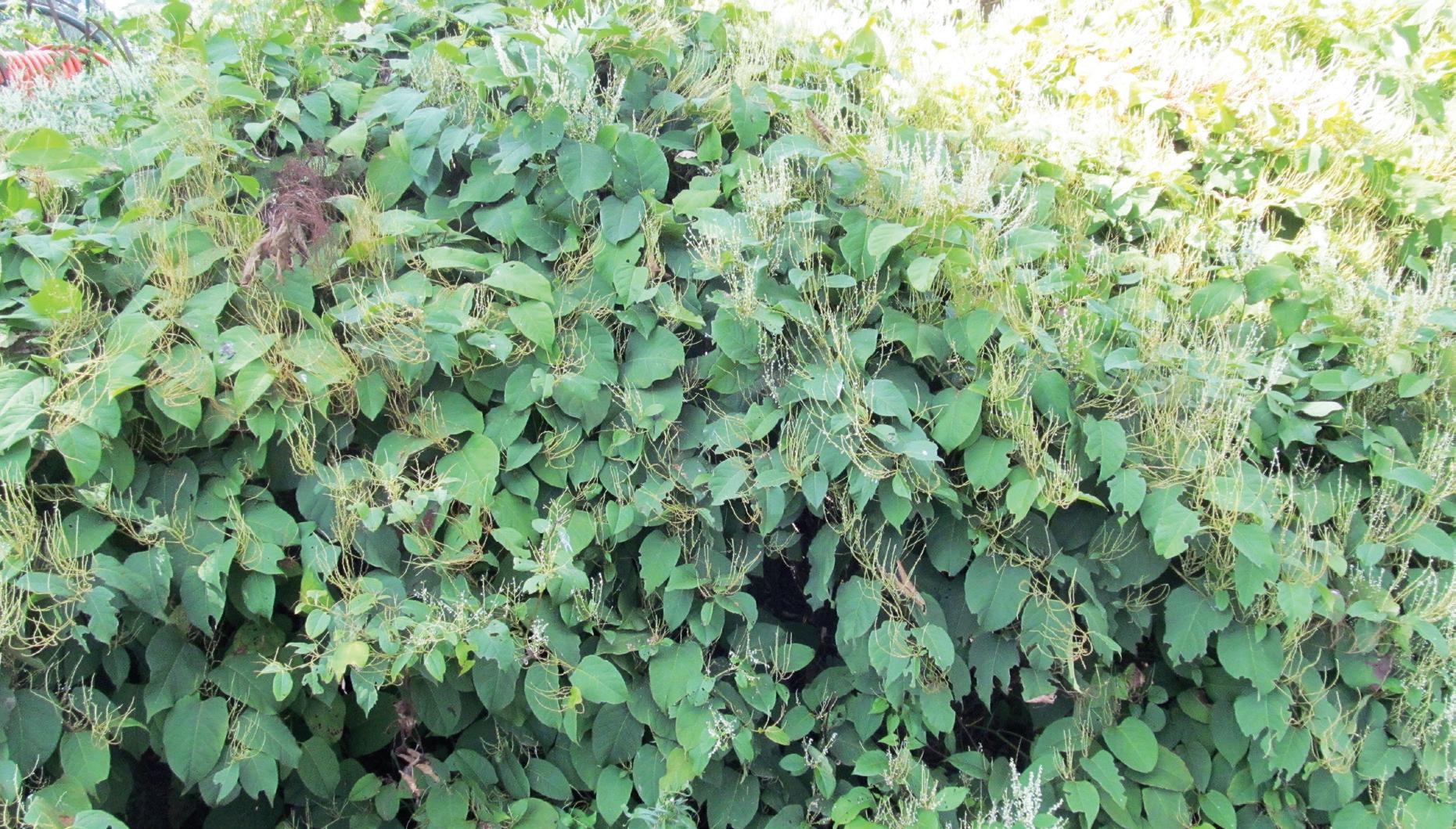
Fig. 13. Japanese knotweed.
Related Resources
Obed Watershed Community Association resource page, which contains information about how to construct and OWCA herbicide application wand:
https://www.obedwatershed.org/native-plantinformation-and-resources
Tennessee Exotic Plant Control Council (TN EPPC):
http://tnipc.org
TN EPPC – Landscaping with Native Plants (Regional Guides):
http://tnipc.org/landscaping




